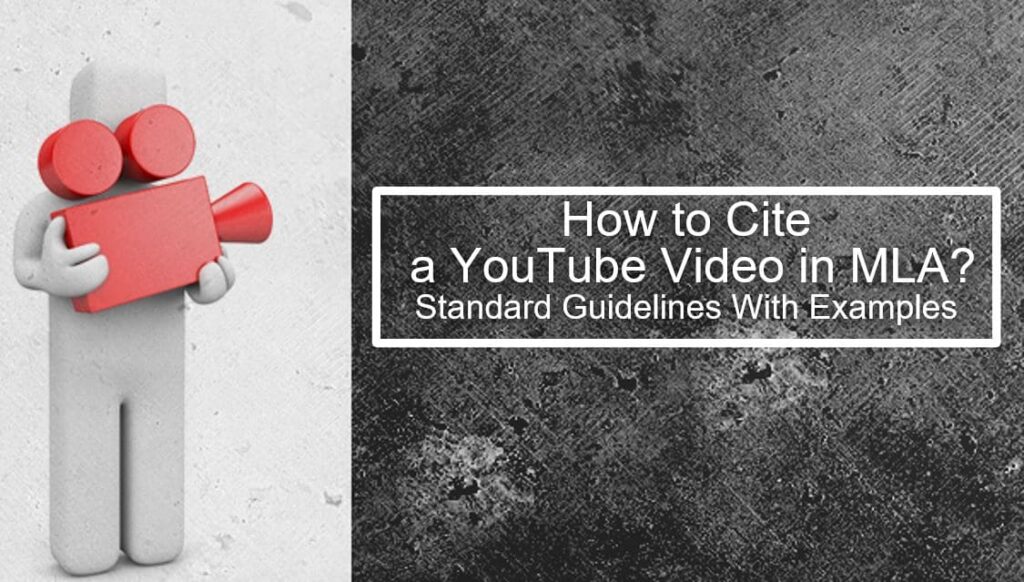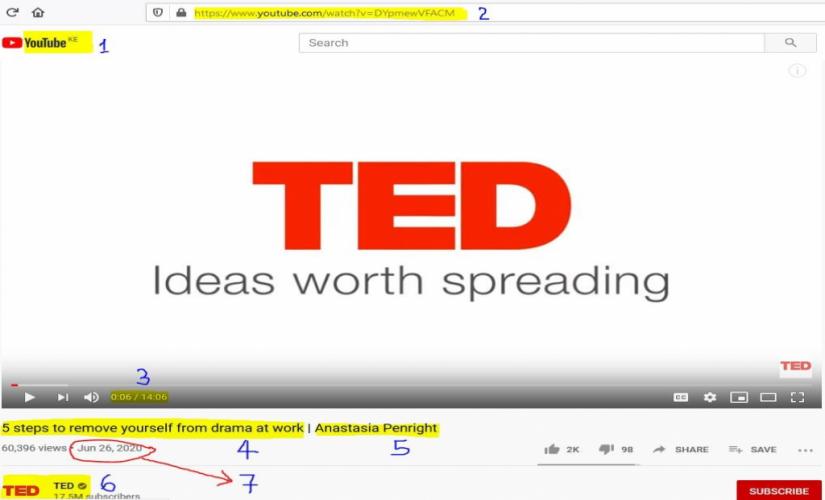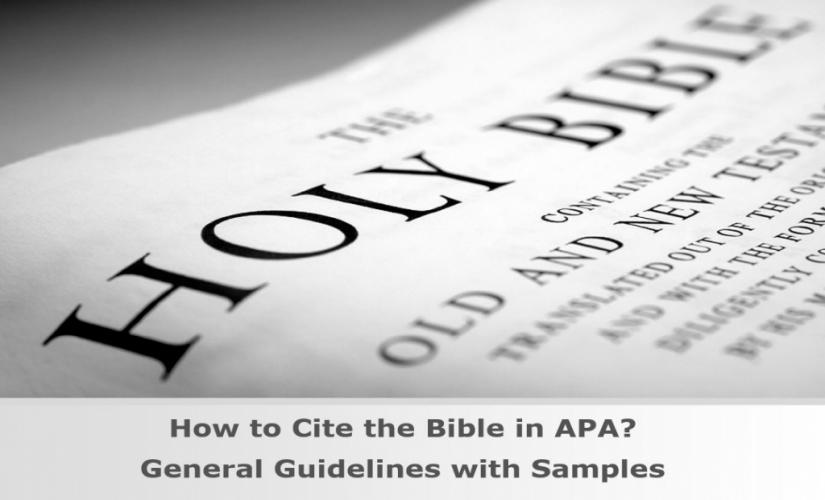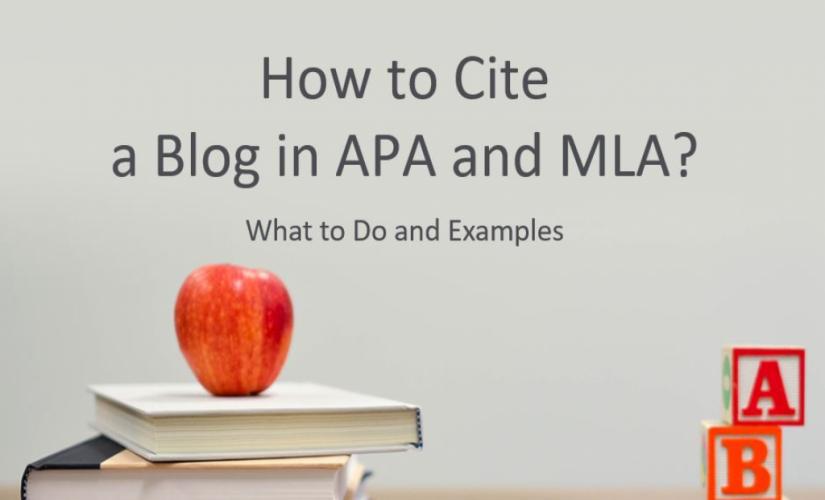Video sources are a recent addition to academic sources that researchers may utilize in scholarly writing. Basically, this manual defines a video source and clarifies the circumstances under which authors should cite videos as academic sources. Also, the guide focuses on the citation formats for YouTube videos in the eighth edition of the Modern Language Association (MLA 9). Specifically, this manual discusses situations where the creator is known, unknown, or a corporate organization. Then, the guide explains the citation formats for YouTube video channels and comments. In turn, this guide highlights the use of footnotes as an aid for YouTube video citations. Hence, scholars need to learn how to cite a YouTube video in MLA 9 to avoid plagiarism cases and provide high-quality essays and papers.
Definition of a Video Source
Video sources are audio-visual media that contain ‘moving’ objects and audio. Basically, all video sources are in digital formats, although their containers can vary extensively, for example, DVD and YouTube, commonly used in expository writing. In this case, MLA 9 encourages authors to cite all sources that they use in the development of an academic essay. Also, an author should provide citation information that is useful in aiding the audience to evaluate the sources, which the author consults. In a case where the author uses a video that he or she made, writers may include a citation, which indicates the nature of the source, for instance, personal recorded interview. As a rule of thumb, authors must cite all video sources that contain borrowed material. Therefore, writers provide some form of citation for all video material that contributes any ideas to their primary agreements.

Citing a YouTube Video in MLA 9
1. Known Author
YouTube Video Work Cited List Entry
- Writers should italicize the title of the video and the container’s name.
- Citations must differentiate between the author and the uploader of the YouTube video.
Structure:
Last Name, First Name, description of the author’s role. Title of the YouTube Source. Name of the container, uploaded by [insert name of uploader], date of online publication, universal resource location.
Example:
Jone, Carlton, creator. Families and Pets. YouTube, uploaded by MelQuitsCats, 14 Feb. 2020, www.youtube.com/watch_v_rGYUnns123.
YouTube Video In-Text Citation
- The author’s last name and timestamp are the elements of the in-text citation.
- Writers must indicate a timestamp – hours:minutes:seconds – instead of pages or paragraphs. In turn, if there are no hours, it may be skipped, but minutes should be mentioned.
- If authors want to cite a scene, they need to provide two timestamps of the beginning and ending of an episode – (hours:minutes:seconds-hours:minutes:seconds).
Parenthetical: (Jone 00:12) or (Jone 01:45:38-01:48:14).
Narrative Quote: According to Jone, cats are the best pets because they possess ‘human-like’ responses to stimuli (12:34).
YouTube Video Footnote
In-Text Appearance:
People select their preferred pets based on the person’s perception of an ideal relationship.1
Note:
1Jone provides ample evidence for pet selection tendencies, such as people that feel the need to protect their personal space choose to acquire pets, which demand minimal care (26:16).
2. Unknown Author (Username Available)
Video Work Cited List Entry
Structure:
Username, description of the author’s role. Title of the YouTube Source. Name of the container, uploaded by [insert name of uploader], date of online publication, universal resource location.
Example:
Beast, performer. The Final Dance. YouTube, uploaded by John McKenzie, 24 June 2019, www.youtube.com/watch_d_DFGV3.
Video In-Text Citation
Parenthetical: (Beast 20:45).
Narrative: Beast’s choreography breathes new life into Beethoven’s classical music (26:44).
Video Footnote
In-Text Appearance:
Modern recreations of classical music employ dancing styles that allow for instantaneous expression rather than scripted movements.2
Note:
2For example, Beast notes that he did not script the dance moves in the original performance, although repeated performances require pre-planned choreography (12:01).
3. Citing an Organization Author from a YouTube Video in MLA 9
Video Work Cited List Entry for an Organization
- The name of the corporate replaces the author’s name.
Structure:
Corporate author, description of the author’s role. Title of the YouTube Source. Name of the container, uploaded by [insert name of uploader], date of online publication, universal resource location.
Example:
United Nations, producer. Children Living With Polio. YouTube, uploaded by Global Health Partners, 2 Sept. 2017, www.youtube.com/watch_f_lpTYJs.
Video In-Text Citation for an Organization
Parenthetical: (United Nations 15:12)
Narrative: The United Nations identifies the lack of knowledge as a contributing factor to the spread of the polio epidemic (1:55:10).
Video Footnote for an Organization
In-Text Appearance:
Decades after the discovery of the polio vaccine, health organizations are unable to tame the disease because of reckless decision-making.3
Note:
3The United Nations argue that it is an unfair assessment to blame health organizations in developing countries because they exist under hostile conditions that place a massive strain on the decision-making process (2:08:56).
4. YouTube Channel
Work Cited List Entry for YouTube Channel
Authors can differentiate YouTube channels through the inclusion of a description of the media, which is an optional element.
Structure:
Last Name, First Name, description of the author’s role. Title of the YouTube Source. Name of the container, date of online publication, universal resource location. Description of the media.
Example:
Paterson, Jack, creator. Bones and Paces. YouTube, 15 Jan. 2012, www.youtube.com/watch_f_/channel/lpTYJs. YouTube channel.
In-Text Citation for YouTube Channel
Parenthetical: (Paterson)
Narrative: Paterson develops a comprehensive digital record of the significant events in archaeology over the past ten years.
Footnote for YouTube Channel
In-Text Appearance:
Many researchers are adopting the use of online video documentation for their research.4
Note:
4See Paterson’s Bones and Paces channel.
5. Citing Comments from a YouTube Video in MLA 9
Work Cited List Entry for a Comment under Video
Structure:
Username or Name of the authors. Comment on [Insert Title of the YouTube Video]. Name of the Container, date of comment’s online posting, universal resource locator.
Example:
Rider_Fantastica. Comment on 19th Century History: A Life Forgotten. YouTube, 22 Apr. 2017, www.youtube.com/watch_z_/PssTU990.
In-Text Citation for a Comment under Video
Parenthetical: (Rider_Fantastica)
Narrative: Rider_Fantastica brings in a new perspective to the discourse surrounding John Marlow’s video, 19th Century History: A Life Forgotten.
Footnote for a Comment under Video
In-Text Appearance:
In 19th Century History: A Life Forgotten, life in Europe was at its best.7
Note:
The audience should not consider this argument wholeheartedly because strong counterarguments exist, for example, Rider_Fantastica’s comment.
Illustration on Citing a YouTube Video in MLA 9

- – Container
- – Universal resource locator
- – Timestamp
- – Title of the video
- – Creator’s name
- – Uploader
- – Date of online publication
Final Remarks
This guide discusses citation formats for YouTube video sources that contain different bibliographical elements. Basically, the manual appears to provide structures for citing specific sources, but the proposed structures are not explicit structures of the MLA 9 referencing style. In this case, the MLA 9 style employs an approach to citation that is quite flexible with no prescriptive formatting lists. For example, if a student encounters any source during the research, the MLA 9 style suggests that the author attempts to collect all available information under the following categories: author, the title of the source, title of container, other contributors, version, number, publisher, publication date, location. Also, a period punctuates the author, title of the source, and location elements, while the author uses a comma to separate the remaining elements. Therefore, students should understand how to cite a YouTube Video in MLA 9.
Tips on Citing a YouTube Video in MLA 9
- All video citations should answer the ‘who,’ ‘what,’ ‘how,’ ‘where,’ and ‘when’ questions, which represent core bibliographical elements.
- The universal resource locator does not include the ‘https://’ prefix.
- Each work cited entry concludes with a period.
- Authors italicize the titles of standalone YouTube videos.
- Modification of usernames should not occur because it undermines the retrieval of the source.
- Writers use timestamps as substitutes for page numbers in print sources.


